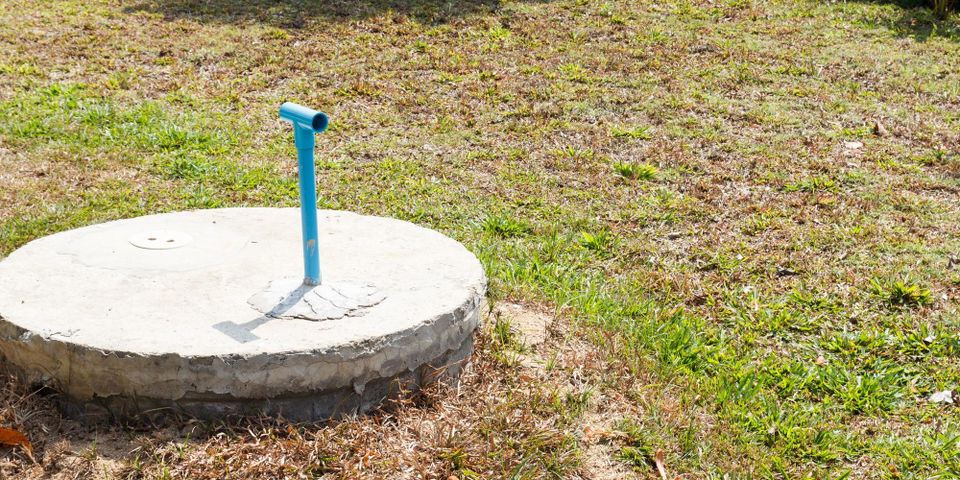3 Steps to Prepare Your Septic System for Winter

If your home relies on a septic system to get rid of waste, cold weather can affect its effectiveness. Installing insulation around your pipes and over your septic tank can help, but you should also take steps to ensure it’s ready when winter comes. You can minimize the risk of overflows and backups and keep your pipes flowing as they should all winter long by following these three tips.
How to Winterize Your Septic Tank
1. Schedule Fall Maintenance
You need septic tank pumping every two or three years, depending on the size your the tank and the number of people in your home. If you're due for a pumping, make an appointment for cleaning service before winter sets in. Waste flows through a septic system more slowly in winter, so you're at higher risk of overflow if you don’t have your tank pumped in fall.
2. Limit Water Use
 Your septic system relies on bacteria in the tank to break down waste and the soil of the drain field to filter water. In cold weather, bacterial activity slows, and the ground hardens. Your sewage system can't process a high volume of waste under these conditions, so limit your water consumption. Install water-saving fixtures and appliances, only wash full loads of clothes and dishes, take briefer showers, and never leave faucets on as you’re brushing your teeth.
Your septic system relies on bacteria in the tank to break down waste and the soil of the drain field to filter water. In cold weather, bacterial activity slows, and the ground hardens. Your sewage system can't process a high volume of waste under these conditions, so limit your water consumption. Install water-saving fixtures and appliances, only wash full loads of clothes and dishes, take briefer showers, and never leave faucets on as you’re brushing your teeth.
3. Clear the Ground
To ensure your septic system maintenance crew has access to your septic tank, clear the ground of leaves and debris. Also, clear your driveway of cars and trucks to give septic service technicians an unimpeded route across your property to the tank.
If you're due to have your septic system pumped, contact A-1 Septic Tank & Drain Service in Coldwater, MS. Serving the north Mississippi area from several locations, they’re a fifth-generation family-owned company offering 24/7 emergency service. To get a free estimate, call (662) 895-8950, or learn more about their services online.
About the Business
Have a question? Ask the experts!
Send your question

